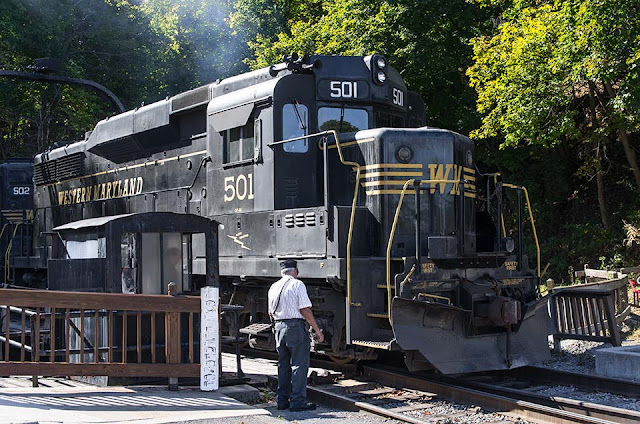Shenandoah National Park
Low clouds hung over the mountains one morning last week. A light rain fell as I walked through the woods in the fog. On the soggy ground, I moved along silent as an Indian, enjoying the quiet and the mountain landscape that materialized ahead of me, and disappeared into the fog behind.
Fog pictures this week--join me. At least you won't get wet.
Low clouds hung over the mountains one morning last week. A light rain fell as I walked through the woods in the fog. On the soggy ground, I moved along silent as an Indian, enjoying the quiet and the mountain landscape that materialized ahead of me, and disappeared into the fog behind.
Fog pictures this week--join me. At least you won't get wet.































